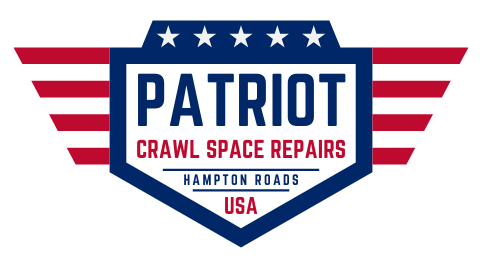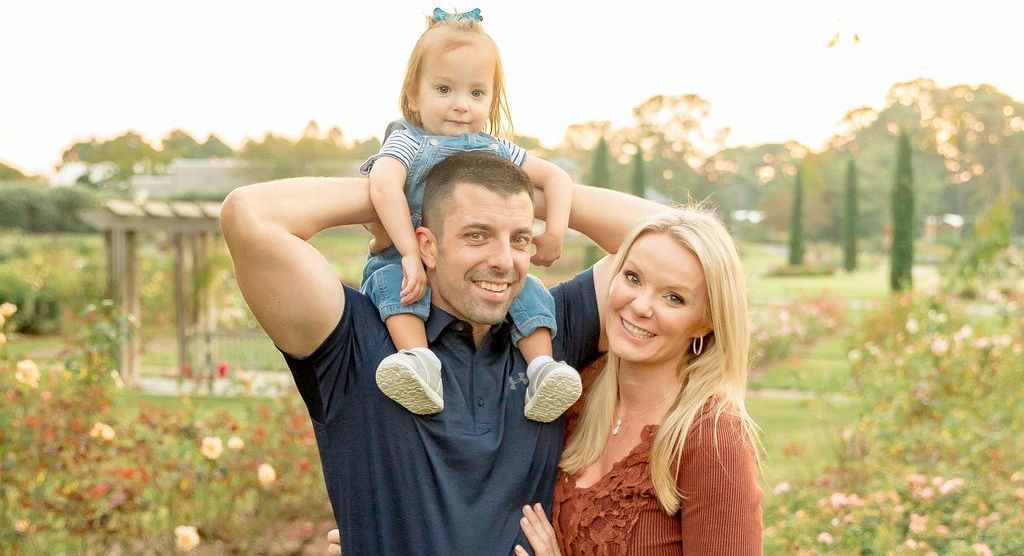Foundation Settlement & Cracks
Understanding Sinking Foundations, Wall Cracks, and When Repairs Become Necessary
Guide #3: Foundation Settlement & Cracks
Foundation settlement is one of the most misunderstood crawl space problems. Homeowners often assume every crack is major—or that every crack is harmless—but neither is true. Settlement happens when soils shift, compress, or wash out beneath the structure, causing portions of the foundation to drop or rotate. As the load path changes, the home begins to twist, bind, and separate in predictable patterns. This guide explains why foundations settle, how to identify the warning signs, and what repair strategies actually stop the movement.
Why Foundations Settle
Settlement occurs when the soil beneath your home can no longer support the weight above it. Clay soils shrink and swell with moisture changes, sandy soils wash out during heavy rains, and poorly compacted fill eventually compresses under load. Over time, footings sink, tilt, or shear, creating uneven pressure on the structure. As one corner or wall drops even a fraction of an inch, the entire home shifts to compensate. This leads to tearing, cracking, or separation in the living space long before the homeowner notices any visible problem outside.
Types of Cracks and What They Mean
Not all cracks are the same. Vertical or hairline cracks in block or concrete are usually cosmetic and caused by natural curing or minor stress. Stair-step cracks in block walls often show differential settlement where one section moves independently from another. Horizontal cracks are far more serious and indicate inward pressure or structural failure. Cracks that widen over time, show displacement, or allow daylight through the wall are red flags that the foundation has lost adequate support. The key is understanding the movement pattern, not just the appearance of the crack.
Interior Symptoms That Point to Settlement
Inside the home, settlement reveals itself through doors that swing open on their own, floors that slope toward corners, diagonal drywall cracks above windows or doorways, and trim that separates at the joints. In multi-story homes, upstairs rooms may show uneven floors or gaps between walls and ceilings. These symptoms reflect movement in the structure below, and they typically worsen with seasonal soil changes. If you see the same cracks opening and closing throughout the year, settlement is in play.
How Settlement is Corrected
True settlement cannot be reversed by shimming, jacking, or cosmetic adjustments. The foundation must be stabilized at the point of failure. This is usually done with helical piers or push piers that transfer the weight of the home from unstable soil to deep, load-bearing strata. Once the structure is stabilized, adjustments can be made to lift the settled areas, close gaps, and restore the correct load path. Long-term success depends on proper pier design, correct spacing, and addressing any water issues around the foundation that caused the soil movement in the first place.
The Patriot Method
At Patriot Crawl Space Repairs, we only recommend structural pier systems when the evidence shows true settlement—not when a home simply needs interior framing repairs. We evaluate soil conditions, measure displacement, map crack patterns, and determine the exact points where the foundation has lost support. When piers are required, we install them to the correct depth, torque, and spacing so the structure is permanently stabilized. No guesswork, no unnecessary piers, and no fear-based selling. Our goal is simple: stop the movement, protect the structure, and restore stability for decades to come.



